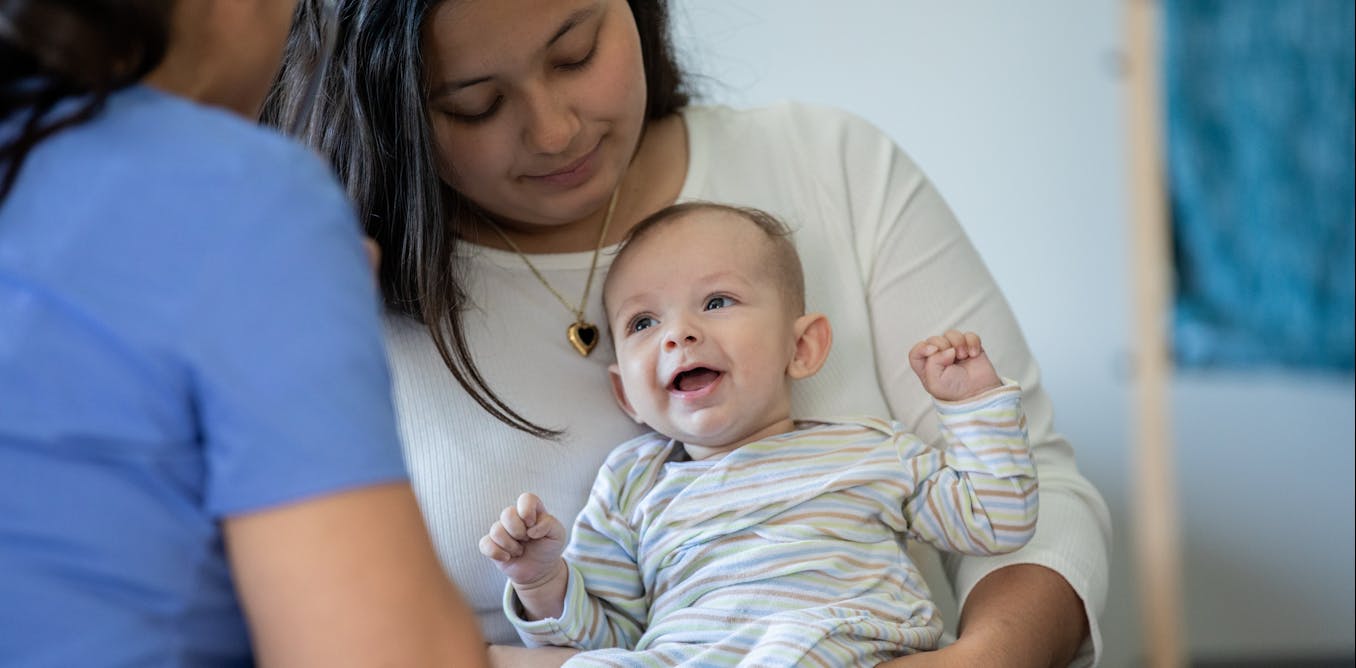Artificial intelligence (AI) is being increasingly utilized to protect vulnerable populations, such as children in foster care, seniors in nursing homes, and students. Tools like natural language processing and predictive modeling aim to identify signs of abuse and intervene early. However, there are significant concerns about the potential for AI to replicate systemic biases present in historical data, leading to disproportionate targeting of marginalized communities. For instance, predictive models can unfairly flag Black children for investigation. The use of AI surveillance in settings like schools and care facilities raises ethical questions, often misclassifying normal behavior as threats. There is a risk that these systems prioritize monitoring over actual support and care. A framework for “trauma-responsive AI” emphasizes principles like survivor control, human oversight, bias auditing, and privacy by design. Ultimately, AI can enhance safety but must be implemented thoughtfully to avoid reinforcing existing injustices.
Source link

Share
Read more